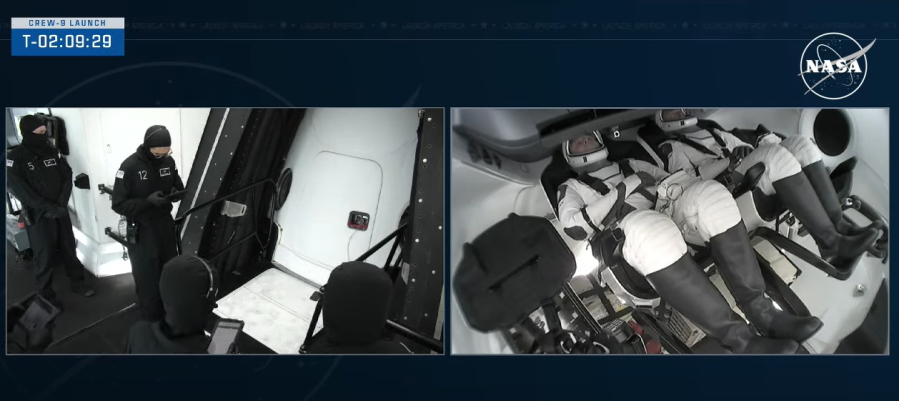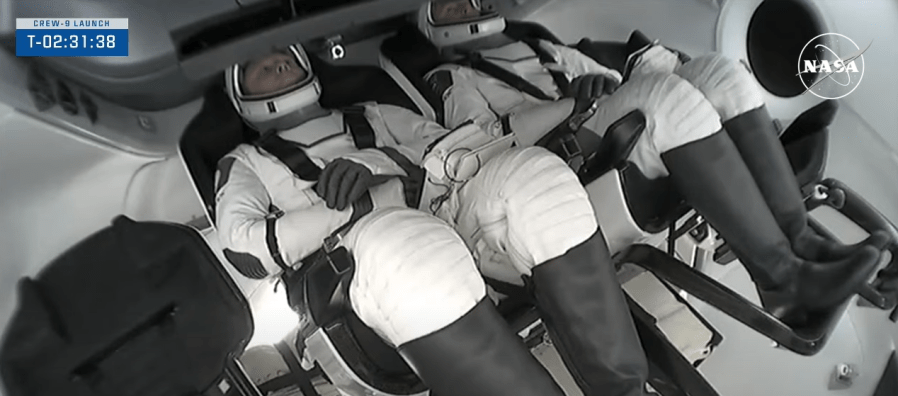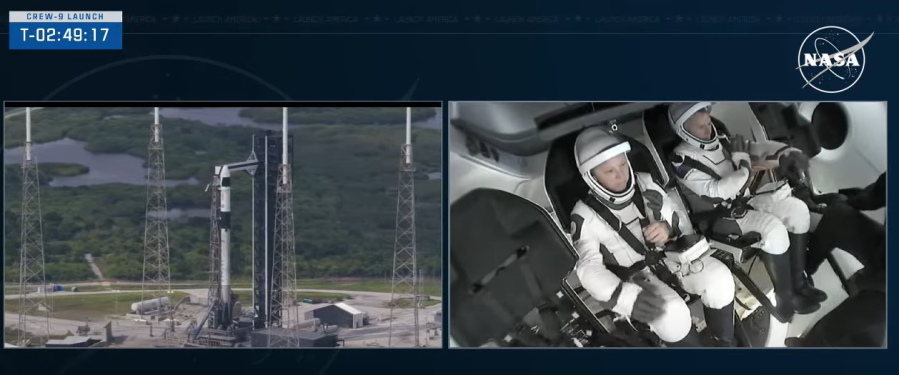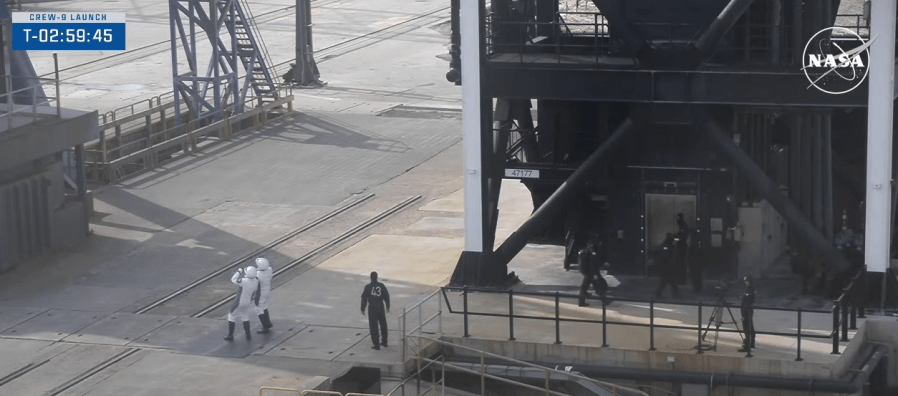NASA astronaut Nick Hague and Roscosmos cosmonaut Aleksandr Gorbunov will be busy during their roughly five-month mission at the International Space Station. The Crew-9 members will conduct more than 200 science investigations involving blood clotting studies, moisture effects on plants grown in space, and vision changes in astronauts. Researchers want to determine how environmental conditions …
NASA’s SpaceX Crew-9 Mission to Perform Science Experiments































